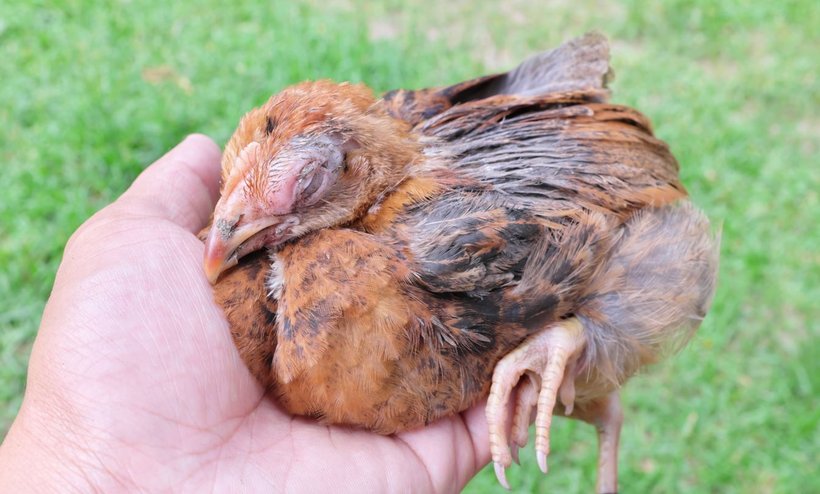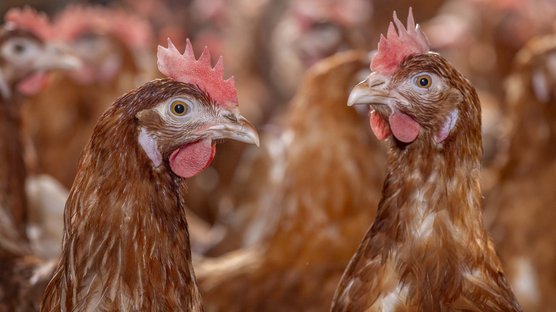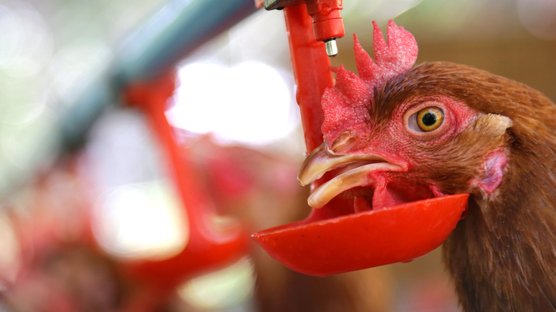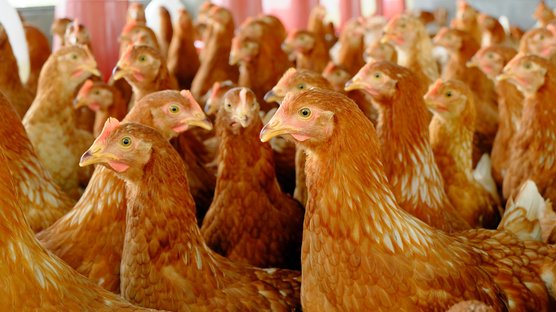
Published on Feb. 22, 2022
Infectious Coryza
Infectious Coryza (Coryza) is an acute respiratory disease caused by Avibacterium paragallinarum, a Gram – negative bacteria. Infectious coryza is characterized by decreased activity, nasal discharge, sneezing, and facial swelling that occurs worldwide. The disease apparently affects only chickens; reports in quail and pheasants likely describe a similar disease caused by a different bacterium.
Clinical signs
In the mildest form of infectious coryza, the only signs may be listlessness, a serous nasal discharge and occasionally slight facial swelling. A flock affected with Coryza can experience rapid onset of clinical signs and high morbidity. The flock will experience drops in feed consumption, egg production, and growth. Clinical signs include facial edema, conjunctivitis with a cheesy exudate in the conjunctival sac, nasal and ocular discharge, respiratory signs, and in some cases diarrhea. Respiratory signs typically last just a few weeks; although chronic persistence of the disease can occur when the disease presents in conjunction with fowl pox, M. gallisepticum, infectious bronchitis, fowl cholera, or infectious laryngotracheitis.
Diagnosis
Sinus exudate smeared on a microscope slide and Gram stained from a Coryza infected bird will reveal gram-negative bipolar staining rods with a tendency toward filament formation and pleomorphism. Coryza is further diagnosed through bacterial culture techniques and PCR.
Control and vaccination
A. paragallinarum will survive in the environment for only a few days. Environmental factors and many disinfectants will kill the bacteria. Good biosecurity measures should keep the pathogen out of your flock, prevention is the only sound method of control for infectious coryza.
To treat Coryza symptoms, refer to your veterinarian for bacterial culture and sensitivity results to choose the right antibiotic. Prompt antimicrobial treatment with supportive care of infected birds to aid recovery from infectuous Coryza.
In the event of a coryza outbreak in an all-in, all-out system, thoroughly clean and disinfect the premises and have two to three weeks of downtime after an affected flock is removed from the farm. On a multi-age infected farm, commercial or autogenous vaccination administered twice at a 4-week interval between 10-20 weeks of age works well to control Coryza.
References
- Fulton, Richard M. “Bacterial Diseases.” Avian Disease Manual, 8th ed., AAAP, Jacksonville, Florida, 2019, pp. 69–116.
- MSD MANUAL, Veterinary Manual



